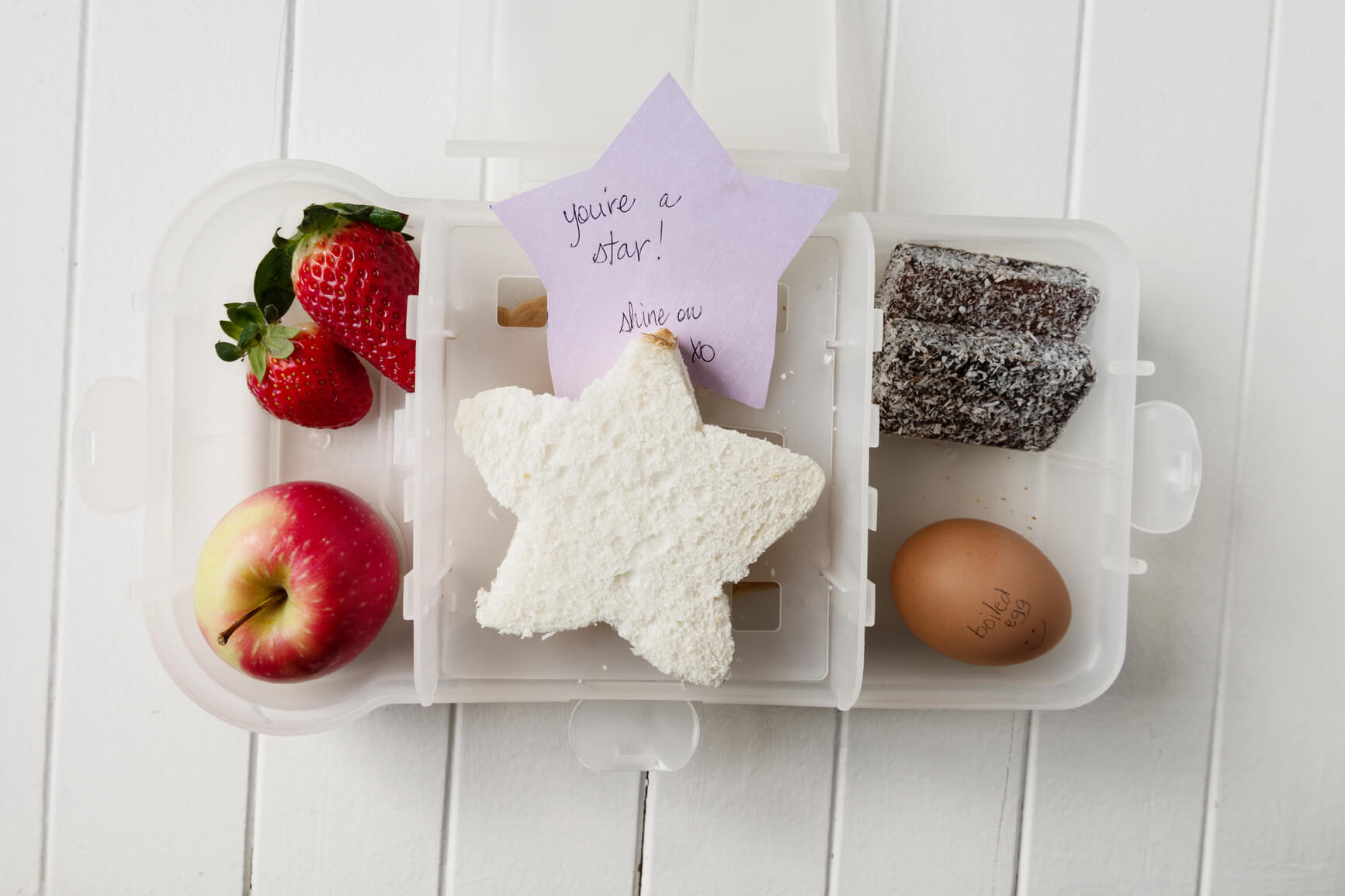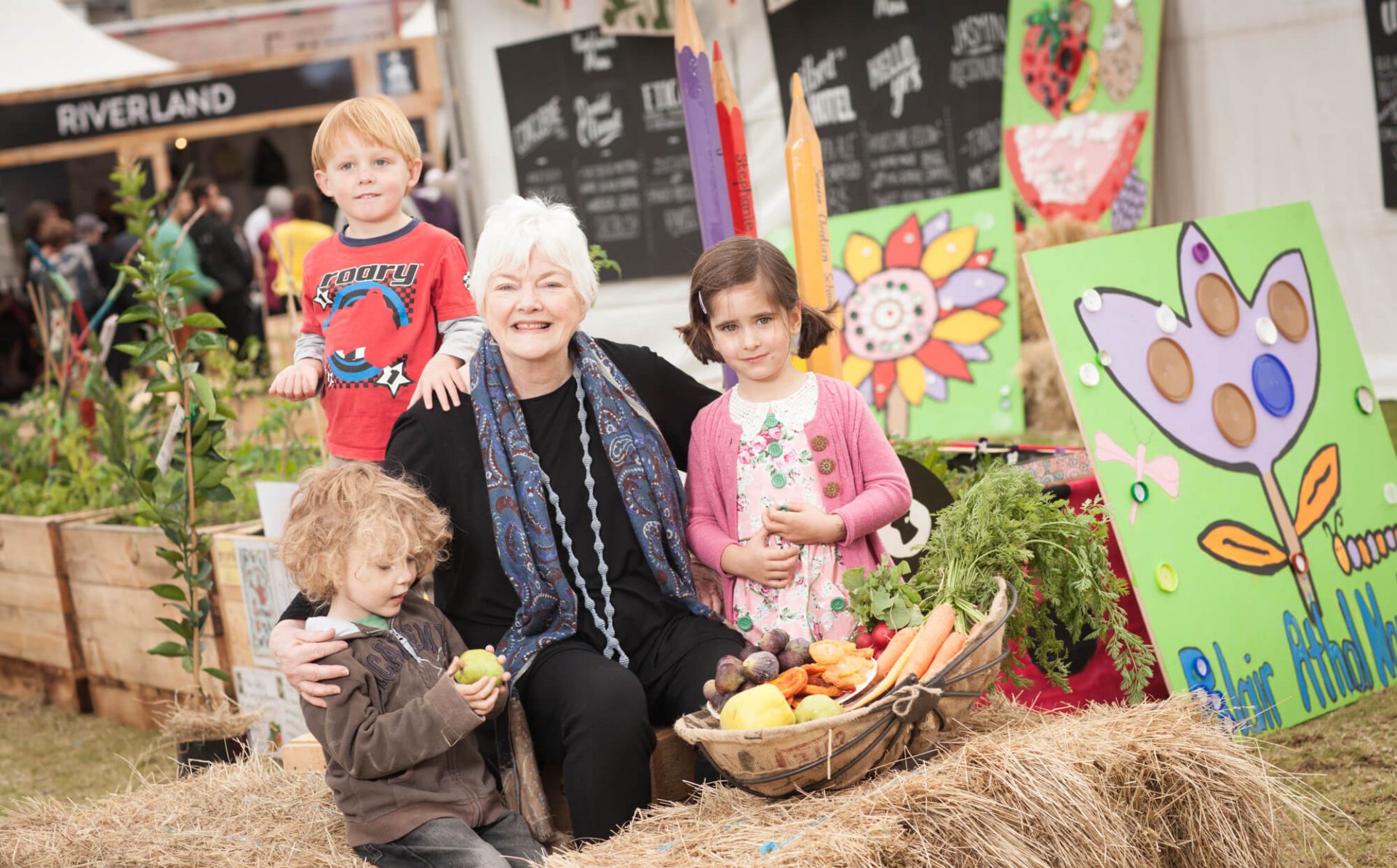-
As a child public health researcher, Associate Professor Lisa Gibbs was asked to lead a team from University of Melbourne and Deakin University to evaluate the work of the Stephanie Alexander Foundation's 'Kitchen Garden Program'.
Here, Associate Professor Gibbs uncovers the evidence and success stories behind the program and gives her advice on how parents can apply the principles of the program at home.
Cultivating a passion for growing, preparing and sharing food
A critical finding with the program was that it increased children’s willingness to try new foods. And that might not sound critical – but it’s actually a big deal.
Changing people’s eating behaviours is really difficult, but this program shows you can introduce healthy foods into children’s diet. And they can enjoy it, especially if they have grown it and prepared it themselves. The program was really valuable in introducing children to the pleasures of trying new and interesting food.
The program was designed to give children the skills and the passion for growing, preparing and sharing beautiful food. It wasn’t focussed on what’s happening in the home. But we anticipated there would be flow on benefits -- and we certainly saw that happening.
The kids were going home and saying to their parents, “Can we make this? Can we buy this? We had it at school and it was amazing.”
The additional and unexpected benefits
We saw a lot of extra benefits when we evaluated the program. We found the program is a best practice model for changing the culture of the school.
The gardens themselves provided quiet retreat spaces in the playground. Some children who struggled in the classroom, excelled with the hands-on learning in the garden and kitchen. The teachers were also able to use it as an opportunity for core learning, for example measuring and graphing the growth of the plants over time.
Creating opportunities beyond the school gates
We saw families from non-English speaking backgrounds who didn’t feel confident helping with reading at the school—but were very happy to help in the kitchen. And there were people in the community who had nothing to do with the school, no connection with the families – that just wanted to be part of the program. So they were coming and getting involved as volunteers in the kitchen and garden, which is fabulous.
At one school in an area of high unemployment, some parents were able to get a job because they had received a food handling certificate as part of their volunteer training. Such a fantastic outcome!
When you have something like this that creates excitement and opportunities, it’s a catalyst for change and there are all sorts of other benefits that come from it.
How to apply the principles of the program at home
One of the biggest things the evidence tells us is you have to keep re-presenting food to children.
And that it’s really important for children to be able to prepare healthy food for themselves.
There’s such a shift towards pre-packaged food, energy-dense food, that learning how to grow their own food and prepare meals from fresh ingredients are important life skills for maintaining health and wellbeing.
Here some simple ways you can apply the principles of the Stephanie Alexander Kitchen Garden Foundation program at home.
- Grow your own food. Our research showed kids were much more likely to try food if they’d grown the ingredients, and prepared the food themselves. Parents can help children to grow some food at home themselves, even if it’s just herbs. Learn the best way to plant seedlings.
- Plan time to cook with your child. While we know it’s a lovely notion to cook a meal with your child-- in reality it can be messy and it takes longer. So it might be easier to plan time to cook with your child once a week, such as a Sunday night, when you may have more time.
- Give children choices. It’s a good idea to give children choices in what’s being prepared – healthy choices – but choices. They could choose which types of vegetables to grow, or which ones to have with their dinner.
- Encourage children to serve their own food. The program also encourages children to dish up their own food from platters on the table. It’s very different from having someone else put food in front of you and telling you to eat it. It’s much more about the joy and adventure of preparing and sharing together. I think that changes the children’s relationship with food.
- Keep re-presenting food to children and encourage them to try new things. It’s important to keep re-presenting food to children. Just because they’ve said “no” on one occasion, doesn’t mean they won’t develop a taste for it. The willingness to try new food is a really important mechanism for developing a diverse, healthy diet.
Sometimes just slightly shifting the dynamics can make a big difference. So it’s good to involve your child in making decisions, and to give them more control over healthy options. And just keep encouraging them to try new foods, they don’t need to finish it – just try it.
Ready to get started? Try this simple healthy pizza recipe with the kids.
Medibank and the Stephanie Alexander Kitchen Garden Foundation are working together to grow healthy kids. The partnership will see thousands more children and their families gain access to pleasurable food education across the country, as Medibank helps us build the future health of the next generation and enable more Australian children to experience, learn and adopt lifelong healthy eating and living habits through the Kitchen Garden Classroom.
Listen now for tips on helping fussy kids eat their veggies.
Getting kids in the kitchen

-
What is the best time of day to work out?
AM or PM: When will you get the most out of exercise?
-
How to tell someone about your STI
Your test has come back positive. Now what...
-
What’s in your lunch box?
How to make sure kids consume the lot
-
How to access Facebook and Instagram from China
It’s not illegal – it just takes a little know-how
-
Listen now: Keeping kids out of trouble
Tips for teaching kids about safety
-
Summer family favourites
Stephanie Alexander’s recipes for busy families
Subscribe to receive the best from Live Better every week. Healthy recipes, exercise tips and activities, offers and promotions – everything to help you eat, move and feel better.
By clicking sign up I understand and agree to Medibank's privacy policy





